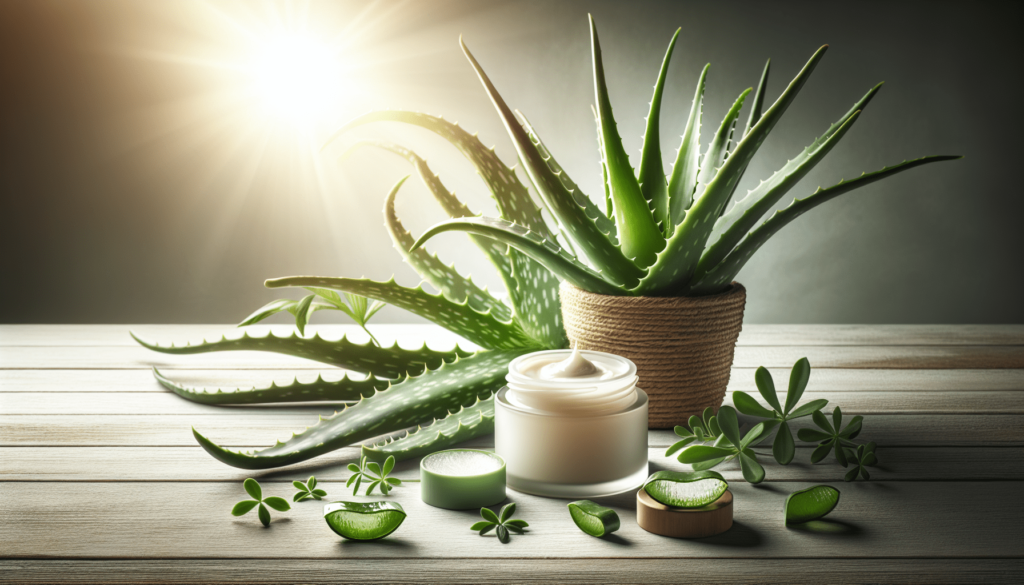Have you ever experienced that sudden, itchy rash that seemingly appeared out of nowhere? Or maybe you’ve dealt with red, bumpy hives sprouting on your skin just when you least expected it. Hives and rashes from allergies can be frustrating and uncomfortable, but the good news is there are effective ways to manage them. This article will guide you through understanding these skin reactions and the best strategies to keep them in check.
Understanding Hives and Rashes
What Are Hives?
Hives, also known as urticaria, are raised, itchy welts on the skin that can vary in size and appear anywhere on your body. They’re usually red, pink, or flesh-colored and may join together to form larger patches. Hives can last for hours or days, and in rare cases, they might persist for weeks.
What Are Rashes?
Rashes can be a result of many different factors, including allergens. Allergic rashes typically appear as red, inflamed, sometimes blistered skin. They can be itchy, painful, or cause a burning sensation. Rashes resulting from allergies often occur due to direct skin contact with an allergen or through ingestion or inhalation.
Causes of Hives and Allergic Rashes
Both hives and rashes can be triggered by allergens, which can include:
- Foods (like nuts, shellfish, and eggs)
- Medications (such as antibiotics or aspirin)
- Insect stings or bites
- Pollen, pet dander, and other environmental allergens
- Latex or certain metals
- Cosmetics and skincare products
Immediate Measures for Relief
Identify and Avoid Triggers
One of the most crucial steps in managing hives and rashes is identifying what causes them. This may require careful observation and sometimes the assistance of a healthcare professional. Once you’ve identified the trigger, the second step is to avoid it as much as possible.
Use Cool Compresses
Applying a cool, damp cloth to the affected area can provide instant relief from itching and swelling. Make sure not to use ice directly on the skin, as it can cause more irritation.
Over-the-Counter Antihistamines
Antihistamines can be effective in reducing the symptoms of hives and allergic rashes. Options include:
- Diphenhydramine (Benadryl)
- Loratadine (Claritin)
- Cetirizine (Zyrtec)
These medications help block histamines, which your body produces during an allergic reaction, thereby reducing itching and swelling.
Avoid Scratching
While it might be incredibly tempting to scratch an itchy rash or hive, try to resist. Scratching can worsen the condition and may lead to open sores and potential infections.

Long-Term Strategies
Consult a Healthcare Professional
For persistent or severe cases, consulting a healthcare professional is crucial. They can conduct allergy tests to determine specific allergens and prescribe medications or treatments that are more effective.
Prescription Medications
In some cases, over-the-counter medications may not suffice. Your doctor might prescribe:
- Stronger antihistamines
- Corticosteroids (for severe inflammation)
- Auto-injectable epinephrine, for severe allergic reactions (anaphylaxis)
Immunotherapy
For chronic sufferers, immunotherapy (allergy shots) could be a long-term solution. This treatment involves exposing the patient to controlled amounts of the allergen to gradually build immunity.
Natural Remedies and Home Care
Oatmeal Baths
Taking an oatmeal bath can be soothing for your skin. Oatmeal contains properties that can help reduce inflammation and itching. You can buy pre-made oatmeal bath products or make your own by grinding oatmeal into a fine powder and adding it to your bathwater.
Aloe Vera
Aloe vera is known for its soothing properties and can be applied directly to the affected area. It provides a cooling effect and can help reduce redness and itching.
Herbal Teas
Certain herbal teas, like chamomile and green tea, have anti-inflammatory properties. Drinking these teas can sometimes help alleviate symptoms of allergic reactions from the inside out.

Dietary Changes
Elimination Diet
An elimination diet can help you pinpoint food allergens. This involves removing suspected allergens from your diet and then gradually reintroducing them while monitoring for symptoms. This should ideally be done under the supervision of a healthcare professional to ensure nutritional adequacy.
| Food Items to Eliminate | Common Allergens |
|---|---|
| Dairy | Lactose |
| Nuts | Peanuts, Tree Nuts |
| Seafood | Shellfish, Fish |
| Gluten | Wheat, Barley, Rye |
| Soy | Soybeans, Soy Products |
Anti-Inflammatory Foods
Incorporating more anti-inflammatory foods into your diet can help manage allergic reactions. Foods rich in omega-3 fatty acids, such as salmon, flaxseeds, and walnuts, as well as fruits and vegetables high in antioxidants, can be beneficial.
Environmental Adjustments
Humidifiers
Using a humidifier can add moisture to the air, which can help keep your skin from becoming too dry and irritated.
Hypoallergenic Products
Switching to hypoallergenic skincare and cleaning products reduces your exposure to potential allergens. Look for products labeled “fragrance-free” and “dye-free.”
Regular Cleaning
Dust, pet dander, and pollen can accumulate in your living space. Regular cleaning helps to minimize contact with these allergens. Focus on vacuuming carpets, dusting surfaces, and washing bed linens frequently.
Pet Care
If you’re allergic to pet dander, regular grooming of your pets and maintaining a clean living space can help reduce symptoms. Designate certain areas of your home as pet-free zones to minimize exposure.
Post-Reaction Care
Hydration
After a bout of hives or a rash, keeping your skin hydrated is essential. Use mild, fragrance-free moisturizers to soothe and maintain the skin barrier.
Monitor For Secondary Infections
Sometimes, scratching or the allergic reaction itself can cause skin to break, leading to infections. Watch for signs such as increased redness, swelling, or pus, and seek medical attention if you suspect an infection.
Psychological and Emotional Well-being
Stress Management
Stress can sometimes exacerbate allergic reactions, including hives and rashes. Engaging in stress-reducing activities like yoga, meditation, or simple breathing exercises can be beneficial.
Support Networks
Talking to friends, family, or joining support groups for people with allergies can provide emotional support and practical advice on managing your condition.
Educate Yourself
The more you know about your condition, the better you can manage it. Reading reliable sources, attending workshops, or speaking to healthcare providers can empower you with the knowledge needed to navigate your allergy journey.
Hives and rashes caused by allergies can be a considerable inconvenience, but with the right knowledge and strategies, you can effectively manage them. From immediate relief methods to long-term solutions, various options are available to help you control and prevent allergic skin reactions. Remember, consulting a healthcare professional is always a good idea for persistent or severe cases to tailor the best treatment plan suited to your needs.
